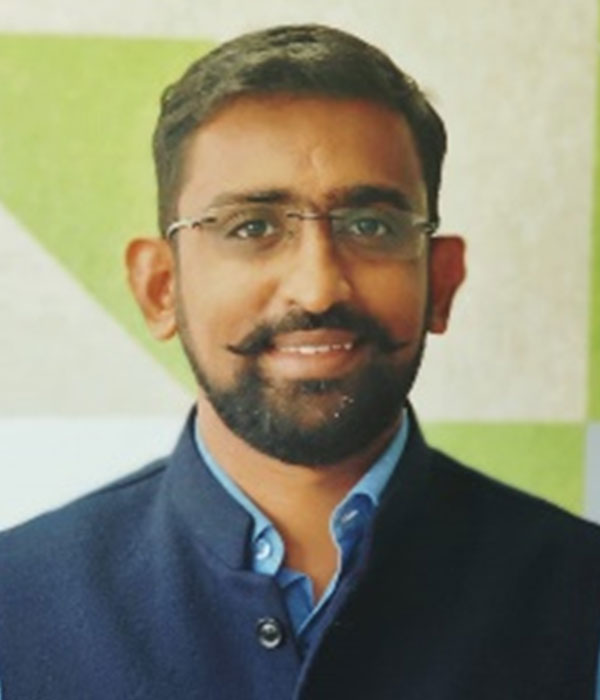The location-based configuration of GCCs (Global Capability Centers) that the world was well versed with became outdated with the outbreak of the pandemic last year. This disruption has since changed how GCCs operated as we knew them to be. Fortunately, best-in-class GCCs have pivoted swiftly in the battle for survival and have exhibited resilience, continuity and efficiency to stay ahead in the game.
According to EY’s GCC Pulse Survey 2020, 93% of the respondents indicated that talent acquisition is the most important lever to drive scale. Both big and small players globally are exploring options in virtual hiring, borderless talent, flexible working alternatives and corporate learning in virtual environments. This has increased the need for GCCs to focus on developing future-ready leaders internally.
Catenon is a global executive search, talent consulting and intelligence firm that has served more than 200 clients, over the last 11 years in India, across various industries including GCC, Technology, Financial Services, Industrial, Automotive, Chemicals, Life Sciences and Services. In their experience of working with multiple GCCs, there are four important areas when considering one’s talent acquisition strategy in a remote working model.
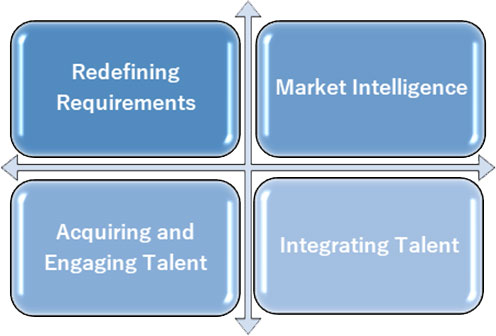
Adopting a criteria-based hiring process enhances the organization’s chances of building a diverse and high performing team…giving an output of a Skill Competency Matrix…
#1 Redefining Requirements
-
Role Requirements - In the current scenario with the workforce working remotely and project-based work becoming increasingly common, defining roles cleanly has become critical. Scattered teams mean a person needs to run with the ball with virtually no help in a project scenario. There has to be an objective criterion to define a role and an approximate fit may not work. With specializations overruling general adeptness across skills, specific spikes should outweigh general knowledge about the broader space. Adopting a criteria-based hiring process enhances the organization’s chances of building a diverse and high performing team. Defining requirements for each role in terms of clear skills (technical attributes) and competencies (behavioral and managerial attributes), will enable a criterion- based hiring process. The output of this step would be a Skill Competency Matrix against each role with the organization, with the required level clearly defined. Moreover, all job descriptions can flow through this standardized central resource.
-
People Assessment - The necessary next step is to measure each employee's skills and competencies. This should be done independently of the role they are performing, to ensure the measurement is comprehensive and avoid anchoring bias. The output of this exercise would be a Skill Competency Inventory for the organization.
The inventory will provide a clear picture of available skills and competencies, need for training, need for hiring, and opportunities for improvement. It may also throw up high potential talent who can undertake non-linear responsibilities and experience accelerated growth.
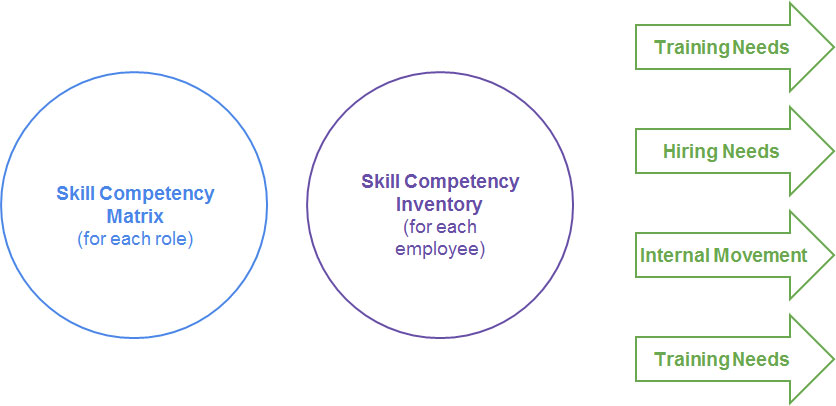
Figure 1 - Skill Competency Mapping and expected output
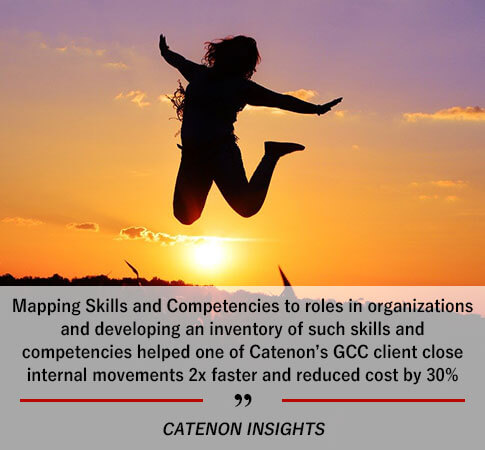
#2 Market Intelligence
-
Market Mapping - Mapping of the market offers an additional opportunity of learning from the best-in-class companies. By mapping organizations that one can draw examples from, one can gather a lot of talent intelligence. Whether one is looking to grow into a new geography or rapidly expand operations in an existing location, market mapping provides invaluable knowledge and insight that is needed to make informed decisions about growing the business. For organizations just starting out on their business journey, Market Mapping can be very useful. One can know who the competitors are hiring, their top talent and the types of roles within their organization (Figure 2). One can benchmark recruitment, validate location options for business and build competitive intelligence all at once.
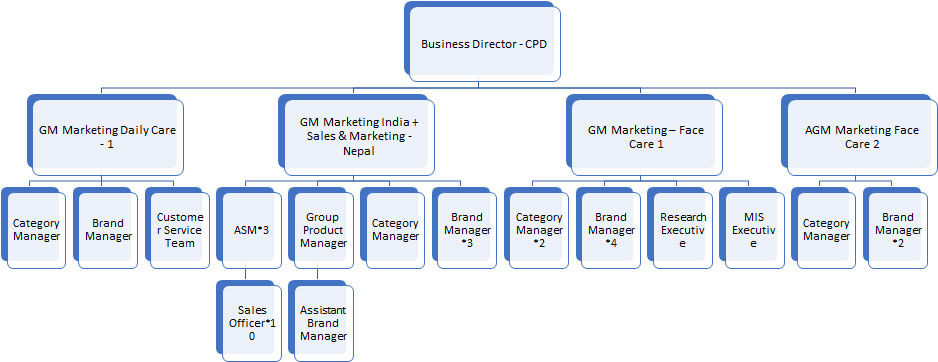
Figure 2 - A sample output of a focused Organization Mapping exercise
Owing to the pandemic, any barriers on ‘where one can hire from’ have been removed. As long as the geography of interest matches the hiring budgets, one can hire talent from anywhere in the world. The one distinct advantage of Market Mapping over other strategic projects is that it can be achieved in a rather short span of time - typically between 4 and 8 weeks. In uncertain times, this allows organizations to become informed and stay nimble simultaneously. Market Mapping is an essential tool for CEOs and CHROs to declutter their vision of the market.
The effects of the pandemic will surely be long lasting. This is evident with the second wave hitting us and the third wave potentially being seen in Europe. It will include the many behavioral changes that have resulted from the work-from-home situation. The workforce’s inclination to work from locations of their preference will catalyze the global hiring concept, and thus one needs to have deeper intelligence about the available talent pools for the roles one is looking to fill.
The one distinct advantage of Market Mapping over other strategic projects is that it can be achieved in a rather short span of time …
What the market has to offer in terms of talent, which are the best places to hire from and what kind of compensation is being followed will be critical considerations.
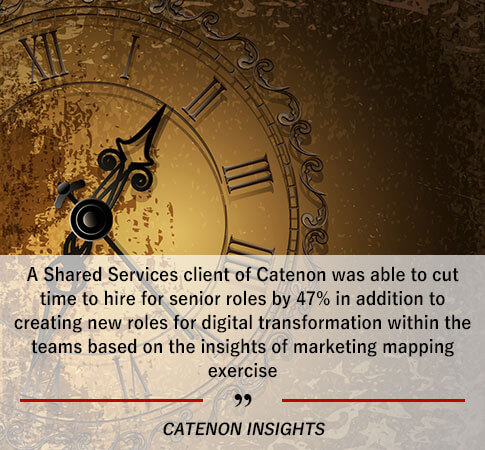
-
Salary Benchmarking - A salary benchmarking study (Figure 4) also fulfils the need for external objective validation, surfaces any inconsistency or anomaly in current processes and enables access to niche, highly competitive data, leading to improved recruitment and retention outcomes. Salary benchmarking is a useful exercise to conduct for GCCs to understand the market levels for salaries objectively for each role. The output of the exercise can help companies decide:
- Where do internal salaries stand with respect to the market and are there any risks?
- What will it cost to hire for a particular role?
- What may be a good hike to offer to candidates when hiring?
- What may be a good salary increment to offer to internal employees?
- What are the employee benefits that other companies in the market offer?
| Position Title | Manager - Credit Operations |
| Industry | Commercial Real Estate |
| Geography | India |
| Position Description | Supervises the processing and underwriting of commercial real estate loans providing investigative, analytical, operational, administrative support to the line of business in accordance with firm policies and procedures and regulatory requirements. |
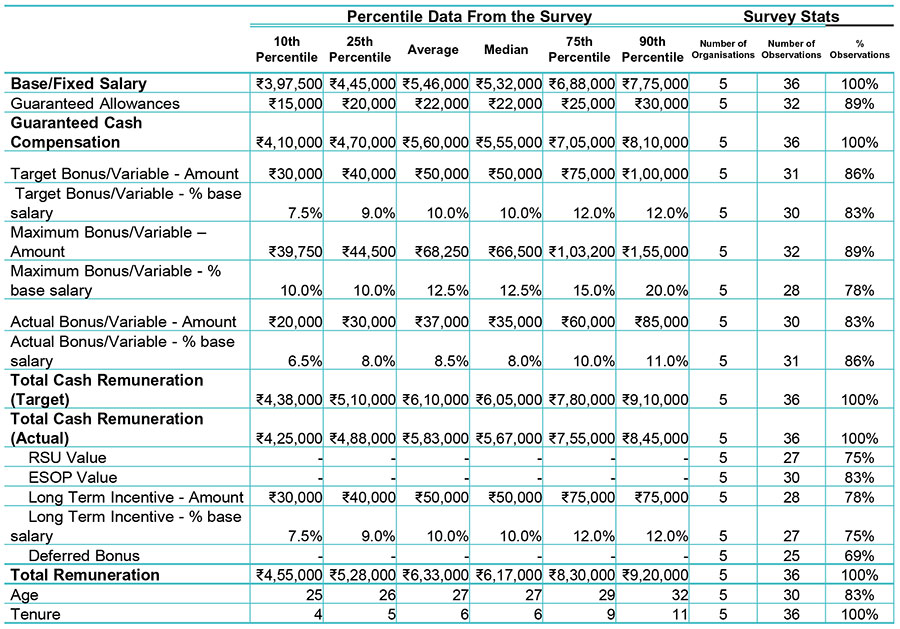

Figure 3 - An example of bespoke salary benchmarking study
#3 Acquiring and Engaging Talent
-
Acquiring Talent - After an organization has established that the necessary skill and competency combination required for a role is not available within the organization, the organization must look outside. Care must be taken to ensure objectivity in the recruitment process and the new hire is indeed a fit for the role (skill and competency) and the organizational culture. For many roles, the expectation from the right candidate is also that s/he grows into a higher role in due course. But how does one establish this objectivity?
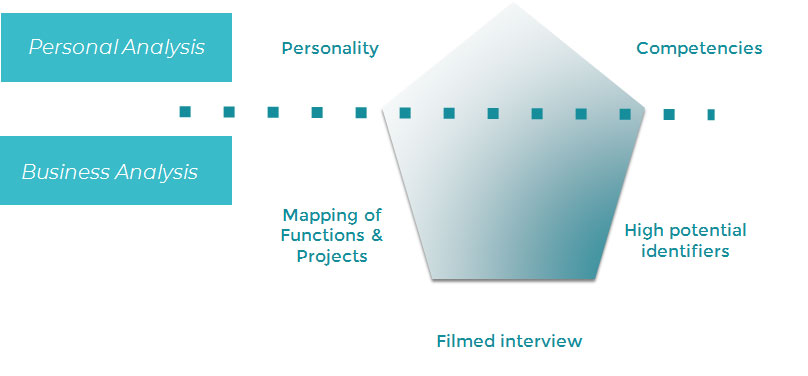
Figure 4 - A template for holistic analysis of candidate
Catenon recommends a holistic evaluation of candidates that encompasses evaluation of functions and projects (skills), competency evaluation, personality assessment, and identifying high potential indicators.
Catenon recommends a holistic evaluation of candidates that encompasses evaluation of functions and projects (skills), competency evaluation, personality assessment, and identifying high potential indicators (fig 4). Moreover, Catenon recommends that a video recorded interview (fig 5) where the candidate is posed pertinent questions is also made available for decision makers to understand and analyse objectively the structured thinking and analytical skills of the candidate. All of these evaluations must be pre-calibrated to the requirements for the position in question ensuring a great fit.
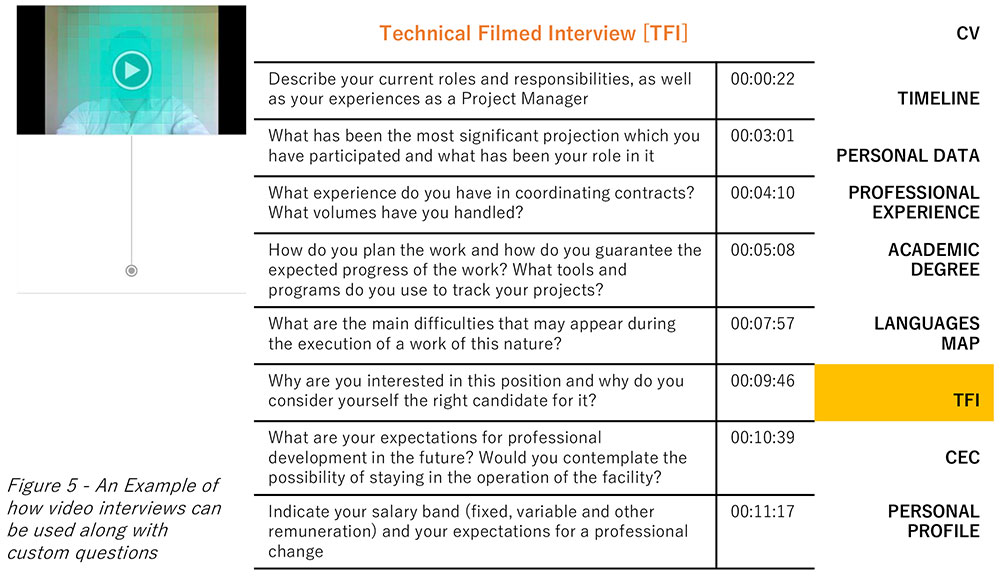
-
Engaging Talent - A high degree of engagement with prospective candidates makes it easier to attract and hire top talent when there is a need. A great way to start talent engagement is through popular digital and social media platforms and through the company's own recruitment page. Organisations need to demonstrate their vision, culture and overall work experience through these mediums and captivate future candidates to aspire to work with the company. Some popular ways in which companies communicate with candidates on digital platforms are:
- Create engaging content (video, whitepaper etc.) that establishes and strengthens employer brand.
- Give candidates a chance to work on a real-life problem in the form of a case study.
- Technology companies also conduct ‘hackathons’ on a regular basis to engage with prospective candidates, hire top tech talent and create a robust candidate pipeline.
- Showcase interesting (non-confidential) projects undertaken by the company.
#4 Integrating Talent
Organizations largely understand that it is difficult to onboard an employee remotely and integrate the person into their organizational culture. This is where business leaders need to go the extra mile to understand the needs of the candidate and how best can an integration plan be curated and executed. Research has shown that employees will stay with a company for a longer term if they had a good onboarding experience.
The first few touch points between the organization and the employee can make a big difference. These are the defining first impressions and a positive employee experience can directly affect employee performance.
Business leaders generally know in advance when they are onboarding a remote worker. The lack of an immediate, in-person contact may not enable leaders to realize if the new remote employees need assistance. Hence, it is important to be aware of the common struggles of remote workers. When it comes specifically to onboarding remote employees, it makes sense to design one’s virtual welcome thoughtfully.
An onboarding and integration plan should be in place much in advance - way before any candidate is onboarded. Measurement metrics should be put in place to measure the effectiveness of the plan. The overall engagement of the workforce should be measured along with the above, so that an engagement strategy is created with a 360-degree approach.
In Conclusion
Apart from drawing a roadmap to evaluate a large pool of candidates, talent acquisition professionals need to lead the digital adoption mandate. With workplaces, workforces and the dynamics changing permanently, many opportunities and benefits await those who are able to leverage new ways of working. Despite the pandemic and its many ill effects, if one is in the game for the long haul then the organization should be able to hire and retain the best, most talented employees. It will definitely not be an easy task and it will need a more robust, strategic and agile talent acquisition strategy than ever before.






